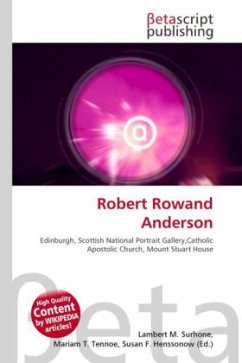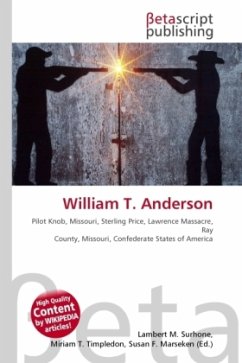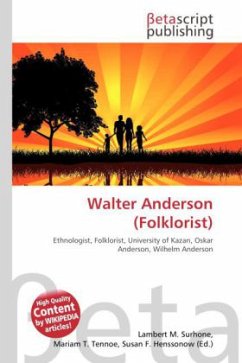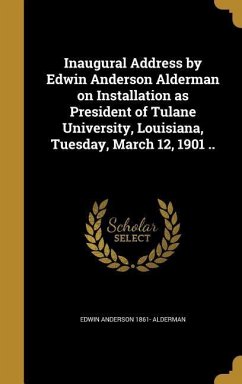High Quality Content by WIKIPEDIA articles! In 1860 Anderson returned to Edinburgh, and began working as an architect with the Royal Engineers, undertaking works on coastal defences, and the 78th Highlanders memorial outside Edinburgh Castle. For Giles Gilbert Scott he supervised the construction of St James's Church in Leith, which led to further commissions from the Scottish Episcopal Church, including Christ Church, Falkirk, All Saints, Brougham Place, Edinburgh, St Andrew's Church in St Andrews, St John's, Alloa, and St James, Cupar. All of these were carried out alongside his work for the Royal Engineers, and show the influence of Scott's church designs. Anderson set up his own independent practice in 1868. His first significant commission came in 1871, for the restoration of St Vigeans Parish Church, Angus. He went on to win the competition to design the Catholic Apostolic Church in Edinburgh, now the Mansfield Traquair Centre on Mansfield Place in Broughton. Anderson joined the Society of Antiquaries of Scotland, where he met future clients including the Marquis of Bute. In 1873 a short-lived partnership with David Bryce began, but was dissolved only a few months later.
Bitte wählen Sie Ihr Anliegen aus.
Rechnungen
Retourenschein anfordern
Bestellstatus
Storno








